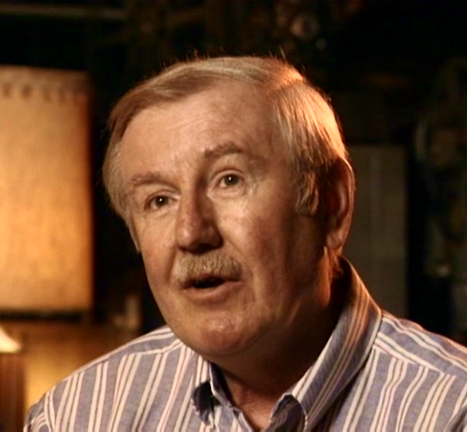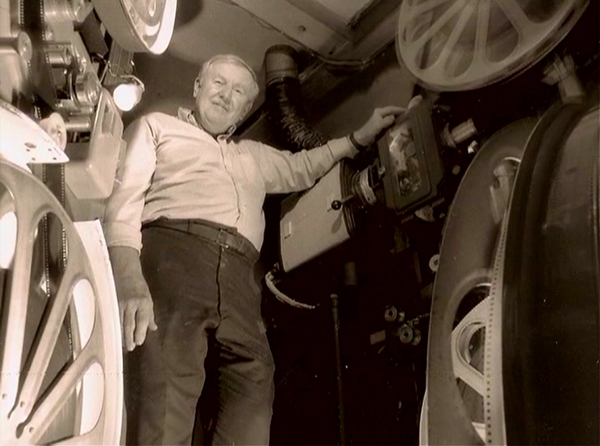 Let us now praise John Harvey.
Let us now praise John Harvey.
Somewhere in my scattered stacks of pre-digital photographs, I have a picture I took of John Harvey posing proudly beside one of his Cinerama projectors. I’ve been ransacking the house for over three months now, all the time I’ve been preparing and posting this series on Cinerama, and I absolutely cannot find the damned thing, or any of the other pictures I took on my visit to John’s home town of Dayton, Ohio in 1996. So I’ve given up and decided to make do with this image from the supplemental materials on the This Is Cinerama Blu-ray. I’ll keep looking, because it’s important: I knew from the start that this whole series was going to culminate in a grateful tribute to John. Besides, those pictures aren’t just important to me. They’re historic.
Not to mince words or beat around the bush, John Harvey is the man who — virtually single-handedly — preserved Cinerama for posterity. His service to movie history can scarcely be overstated.
This is not in any way to minimize or overlook the efforts of others who have often worked above-and-beyond to ensure the survival of Fred Waller’s marvel. Just a few examples: The International Cinerama Society was instrumental in seeing that Cinerama was installed at the
National Media Museum (formerly the National Museum of Photography, Film and Television) in Bradford, UK. John Sittig, who recently retired as Director of Projection and Sound for ArcLight Cinemas, performed a similar service for the installation of Cinerama at ArcLight’s Cinerama Dome in Hollywood (he also capped his career by putting together last month’s 60th Anniversary Cinerama Festival at the Dome). David Strohmaier’s 2002 documentary
Cinerama Adventure was — besides being one of the best movie-themed documentaries ever made — a major step in retrieving the forgotten process from the memory hole of the 1950s and ’60s (Strohmaier also wrote, directed and edited the 30-minute short
In the Picture [2012], the first picture in Cinerama since
How the West Was Won).
And Australian collector John Mitchell has done much at his end of the globe — it was his prints of Search for Paradise and The Wonderful World of the Brothers Grimm that screened at the festival in Hollywood. But before any of them except John Mitchell Down Under — back when the ICS was still scouring the world for parts to put in that museum in Bradford, when David Strohmaier was just beginning to wonder what ever happened to Cinerama — John Harvey had been hosting screenings of This Is Cinerama and How the West Was Won for years. In his living room.
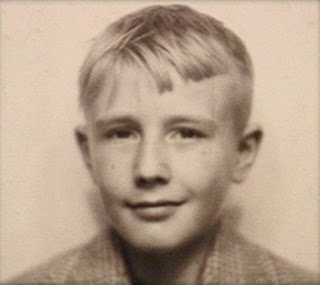
Harvey’s interest in the movie projectionist’s craft began at an early age in Dayton. At the age of 10 he’d tag along when his older brother went to work at the local drive-in theater, and he began to wonder about the kind of machine it would take to project movies onto that massive outdoor screen. The projectionist noticed him peering in the windows night after night, invited him in to have a look around, and became his mentor, eventually sponsoring him into the projectionists’ union when John turned 17.
Meanwhile, when John was 16, his father (a loyal fan of Lowell Thomas) had taken the family to see This Is Cinerama when it opened at Cincinnati’s Capitol Theatre in 1954. For a boy with a budding interest in movie projection, here was movie projection on steroids; in time he would travel the 54 miles to Cincinnati to see all the Cinerama features at the Capitol. And when Dayton’s Dabel Theatre converted to Cinerama in 1963, John — now a union projectionist — worked backup to the Dabel’s crew, seeing How the West Was Won for 38 straight weeks and getting hands-on experience running a Cinerama setup.

When three-strip Cinerama was abandoned after
HTWWW, Harvey missed it. He saw clearly the difference with the “new” Cinerama movies like
It’s a Mad, Mad, Mad, Mad World and
The Greatest Story Ever Told (really only UltraPanavision — a big picture on a curved screen, but the viewer was no more “in” the picture than if he were standing in front of a billboard by the side of the road).
Harvey’s home cinema began as a a sort of laboratory where he experimented with ways of keeping a single wide-screen frame in focus on a deeply curved screen. He enlarged his living room three-fold by knocking out the walls of two unused bedrooms and raising the ceiling, installed a 35mm projector, and began tinkering with lenses, mirrors, beam-splitters and screen surfaces. Eventually — and I’m speculating here, but it may have been when he finally realized that classic Cinerama was never coming back — he decided to convert his home theater to Cinerama. “One day,” he remembered, “I finally took the initiative: ‘I’m gonna build my own projectors; I’m gonna run that film.’ Because it hadn’t been seen for years.”
And he did. It took him years of patient accumulation and painstaking work, but he eventually installed three full-size Cinerama projectors — sometimes having parts made from scratch when he couldn’t find them — and a Cinerama sound console the size of an armoire (the set-up even encroached on his kitchen). He tracked down snippets of film all over the world, splicing them together as they came into his hands (the sheer magnitude of that chore is mind-boggling). In time he had complete prints of This Is Cinerama, Cinerama Holiday and How the West Was Won. That’s at the very least; I seem to remember reading somewhere that he acquired, bit by bit, all seven features, but I can’t document that now. At any rate, he also amassed an impressive array of Fred Waller’s original test footage from the 1940s, and even a print of a Renault car commercial made to play with How the West Was Won in France. In addition, he had a museum’s worth of Cinerama memorabilia: posters, programs, lobby cards, stills — he even served guests popcorn in baskets lined with Cinerama napkins. Throughout the 1980s, to put it bluntly, John Harvey’s suburban Ohio home was one of only two functioning Cinerama theaters in the world; the other was in Australian John Mitchell’s backyard, 9,400 miles away. (It was about this time that I read of John and his happy obsession; I daydreamed about meeting him and wangling an invitation for a screening or two. If I had only known: I probably had only to look him up in Dayton directory assistance and drop him a line. In the end it didn’t come to that — but I’m getting ahead of my story.)

In the early 1980s a mutual friend invited Larry Smith to a screening at John’s home and introduced the two men. Smith remembered seeing Cinerama at the Dabel at the age of six, and his experience that night was a reunion with one of his most vivid childhood memories. He told Harvey that if there was any way he (Larry) could help bring this to a wider audience, he wanted to do it. In 1986, Smith became the manager of the New Neon Movies, a cozy little 300-seat art cinema nestled in one corner of a huge parking garage in downtown Dayton, and began a ten-year campaign to persuade Harvey to install his Cinerama equipment at the New Neon. (This picture, by the way, is a rather misleading likeness of Larry. It’s from a 1997 interview taken while Kenneth Branagh’s
Hamlet was playing at the New Neon, and Larry had bleached his hair and grown the moustache and soul-patch to emphasize his slight resemblance to Branagh as the Melancholy Dane.)
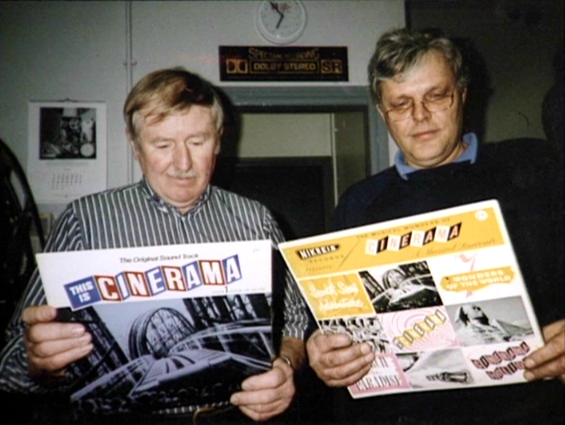
In John’s search for film and equipment, he had made the acquaintance of Willem Bouwmeester of the Netherlands. Like Harvey, Bouwmeester discovered Cinerama as a teenager and never lost his enthusiasm for the process. He grew up to work for IMAX in Europe and become a founding member of the International Cinerama Society, and from the Continent he had helped Harvey in his search. In 1993, when the ICS installed Cinerama at the Bradford museum, they sought and received advice and assistance from John Harvey. So now John’s house was no longer the lone outpost in a Cinerama-bereft world. But the only true Cinerama theater was in England; Cinerama remained a prophet without honor in the country of its origin (where it had once proved to be an honor without profit).
 As 1995 became 1996, the landlord of the New Neon Movies announced plans to split the already-modest theater down the middle and turn it into a two-screen venue. Larry Smith at last persuaded John it was now or never, and they hatched a plan that was brilliant simplicity itself: Before the remodel, the New Neon would install John Harvey’s screen, projectors and sound equipment. The theater would continue showing its standard art-house fare every evening, but on weekends there would be full-Cinerama matinees of This Is Cinerama (on Saturdays) and How the West Was Won (Sundays). The landlord was doubtful the scheme would pay for itself, but he agreed to let Smith solicit a letter-writing campaign; if he could get 1,000 writers to pledge to come to Dayton for Cinerama, then they could talk.
As 1995 became 1996, the landlord of the New Neon Movies announced plans to split the already-modest theater down the middle and turn it into a two-screen venue. Larry Smith at last persuaded John it was now or never, and they hatched a plan that was brilliant simplicity itself: Before the remodel, the New Neon would install John Harvey’s screen, projectors and sound equipment. The theater would continue showing its standard art-house fare every evening, but on weekends there would be full-Cinerama matinees of This Is Cinerama (on Saturdays) and How the West Was Won (Sundays). The landlord was doubtful the scheme would pay for itself, but he agreed to let Smith solicit a letter-writing campaign; if he could get 1,000 writers to pledge to come to Dayton for Cinerama, then they could talk.
Ads went out in movie-buff publications all over the country, things like Classic Images and Films of the Golden Age, soliciting interest. By the deadline Smith had received 1,200 expressions of interest and pledges to attend; the next day another 200 arrived. “Can you say ‘no’ to fourteen hundred people at once?” Smith asked. And so the project got a green light — but only for an eight-week run.
Smith, Harvey and the New Neon staff had thirty days and almost no budget to retrofit the theater for Cinerama — something that had often taken months and as much as 200,000 1950s dollars to do when Cinerama was new. They did it with long hours and volunteer workers (“We can’t pay you,” Smith said, “but we can give you all the popcorn you can eat.”), ripping out 80 of the 300 seats to make way for the screen and auxiliary projection booth spanning the full back of the auditorium. As opening night drew near the story of their project made the Associated Press wire, drawing interest from all over the continent: Texas, Florida, Canada, New Orleans, Washington DC. “It just didn’t stop,” Smith remembered. “We had so many interviews that first week, we wondered if we’d ever get around to showing the movies.”
This Is Cinerama premiered a second time in America — and for the first time in over 30 years — at the New Neon on Thursday, August 29, 1996. The date was chosen to take advantage of the long Labor Day Weekend, but Harvey and Smith were in store for an eerie surprise. The guest of honor that night was Marianna Munn Thomas, widow of Lowell, and they learned from her that they had, without knowing it, brought This Is Cinerama back to America on the fifteenth anniversary of Lowell Thomas’s death.
Now that’s what I call some kinda Karma.
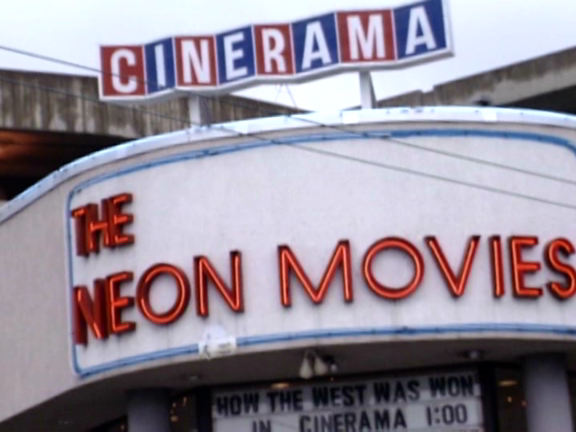
I’ll never forget how I learned about the project. That summer of ’96, when my girlfriend LuAnn and I returned from vacation in Illinois and Indiana, we were picked up at the Sacramento airport by my uncle, himself on vacation from his home in Muncie, Indiana — the same uncle who had taken my parents and grandparents to see
This Is Cinerama in San Francisco in 1953. As I sat down in the car, he dropped an issue of Classic Images in my lap, open to an ad announcing the eight-week return of
This Is Cinerama and
How the West Was Won. I stared, gobsmacked, for a few seconds, and once I realized it wasn’t some kind of trick, I turned to my uncle and said, “Let’s go.”
In October ’96, midway through the (supposedly) limited run, that’s what we did. I flew to my uncle’s home in Muncie, and from there we drove the 84 miles to Dayton. That’s when I met John Harvey and Larry Smith, and when I took all those pictures that I can’t find now.* And that’s when I had an experience I never expected to have again: seeing This Is Cinerama and How the West Was Won in honest-to-goodness Cinerama, the way Fred Waller and Lowell Thomas and Merian C. Cooper and Hazard Reeves and Henry Hathaway and everybody else intended them to be seen.
Improvements in projection technology — and John Harvey’s almost supernatural rapport with his own equipment — made it possible for him now to do alone what had once taken an entire team of projectionists, and both movies came off without a hitch. John’s print of How the West Was Won was simply flawless: richly brilliant colors without a scratch, splice or line from the first frame to the last. I saw HTWWW four times in Cinerama in 1963 and ’64, and I’ve seen it four more times since the revival of the Cinerama Dome in Hollywood, but I never saw it looking better — or even as good — as it did that Sunday in Dayton.
This Is Cinerama was more variable, having clearly been assembled from more disparate sources. There were a number of splices, a few scratches, and a second or two here and there (no more than 10 or 15 seconds overall) when a section of one of the three panels couldn’t be found and had to be filled in with black slugs. (There were even a few seconds, in the canals of Venice if memory serves, imprinted with Danish subtitles — this footage no doubt obtained through the efforts of Willem Bouwmeester.) Even so, it was the real article, no doubt about it; for 23 years I had carried the unhappy memory of the picture’s misbegotten 70mm reissue in 1973 — which should have been called This Isn’t Cinerama — and this erased it completely.
Chatting with Larry Smith in the lobby, it was clear that, no matter what the ads said about “for 8 weeks only”, he intended to keep Cinerama playing at the New Neon until the landlord dragged the projectors, the sound console and the screen out the front door and threw them into the street. And that’s pretty much what happened.
People came — no exaggeration — from all over the world; the original eight weeks got extension after extension. After a year, the New Neon’s Cinerama matinees were still selling out seven and eight weeks in advance, and the shows continued. On at least one occasion Smith and Harvey screened John’s print of the second feature, Cinerama Holiday (rather badly faded Eastman color, but complete) and the guests of honor were the Marshes (now divorced) and the Trollers, the couples who had starred in it back in 1954. Ultimately, the New Neon’s Cinerama engagement lasted nearly four years of weekends and special occasions, finally drawing to a close in April 2000.
Eventually, the landlord followed through on his original plan, and the New Neon is now a two-screen cinema incapable of showing Cinerama. Larry Smith has moved on; he now lives in Culpeper, Virginia, where he works in the film preservation unit of the Library of Congress, specializing in the salvage and preservation of nitrate film.
John Harvey suffered a series of health issues in the early 2000s, and was forced to sell off his Cinerama equipment, prints and memorabilia to pay his medical bills. He finally lost his battle with those issues on May 3, 2018, at the age of 81. But the seeds of his quest and crusade to preserve Cinerama have borne priceless fruit. His and Larry Smith’s phenomenal success in Dayton from 1996 to 2000 sparked renewed interest in Fred Waller’s lifework. Now, in addition to the National Media Museum in Bradford, there are the ArcLight Cinerama Dome in Hollywood and the Cinerama in Seattle; both had been slated for demolition before public enthusiasm for Cinerama saved them from the wrecking ball, and both were fitted for Cinerama with John’s advice and assistance. Those two theaters owe their new lease on life — and the one in Bradford owes its very existence — in no small measure to the dedication, enthusiasm and practical know-how of John Harvey.
___________________
*Those pictures may yet turn up; stranger things have happened. If they do, I’ll add them here.
* * *
UPDATE 8/4/13: As always seems to happen, the photographs I took on my trip to Dayton in October 1996 turned up when I least expected to run across them. Here are a couple of good examples.
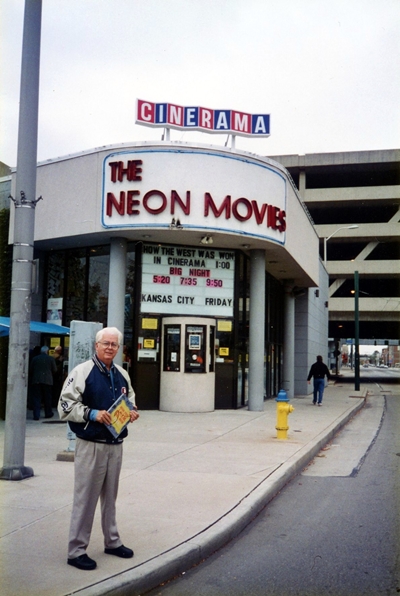

First, a shot of my uncle standing in front of the New Neon Movies as we arrived for the Sunday matinee showing of How the West Was Won. He’s holding one of my souvenir programs for the picture.
Just so there’s no confusion about the marquee over the box office: The New Neon ran This Is Cinerama on Saturday and How the West Was Won on Sunday afternoons. The rest of the week, and Saturday and Sunday evening, was devoted to current art-house fare. The marquee shows that the (regular) feature is Big Night, the 1996 hit starring Stanley Tucci and Tony Shalhoub as brothers operating a failing Italian restaurant. Opening on the coming Friday will be Robert Altman’s jazz-flavored Kansas City.
And here, finally, is the picture I originally wanted to open this post. This was taken the day before, in the “auxiliary” projection booth set up at the rear of the New Neon’s auditorium. It’s after the showing of This Is Cinerama, and John is carefully monitoring the rewinding of the second half of the feature.
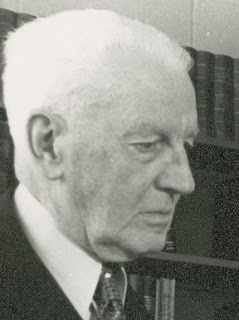
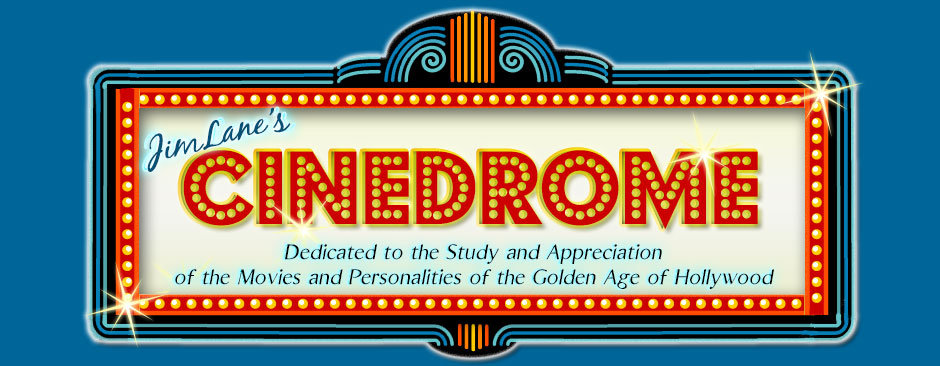




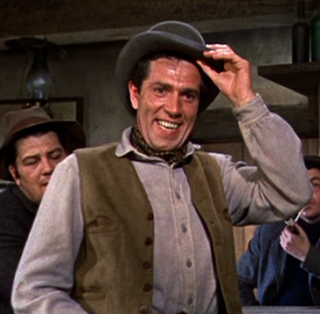
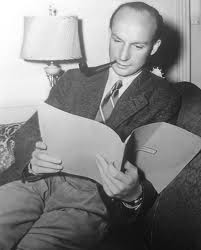
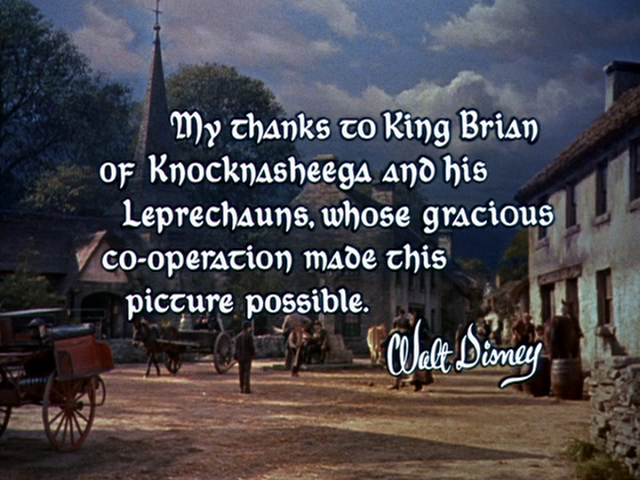
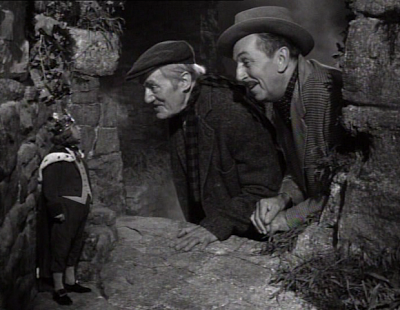

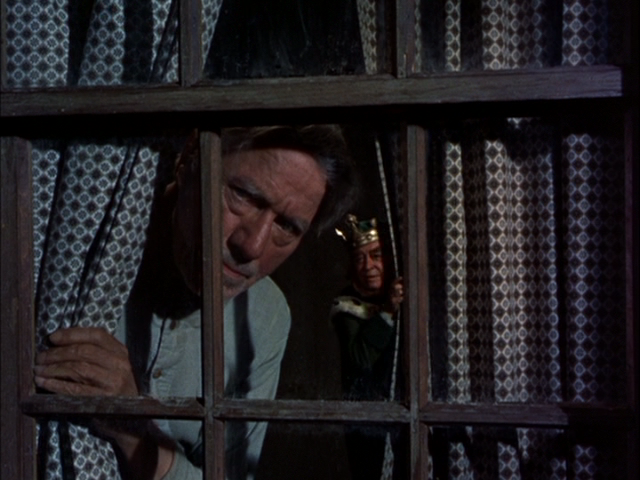
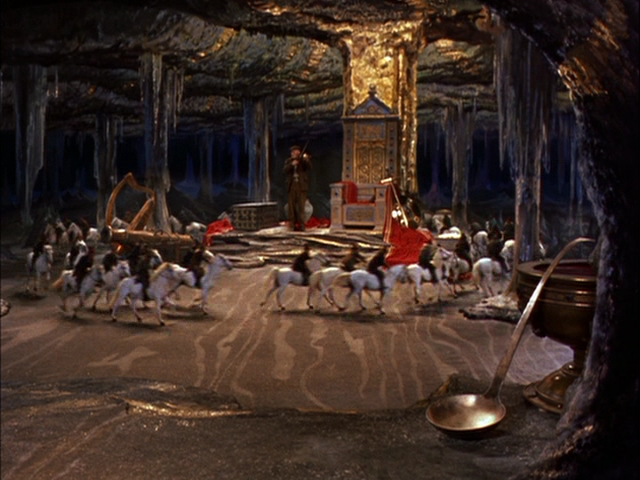
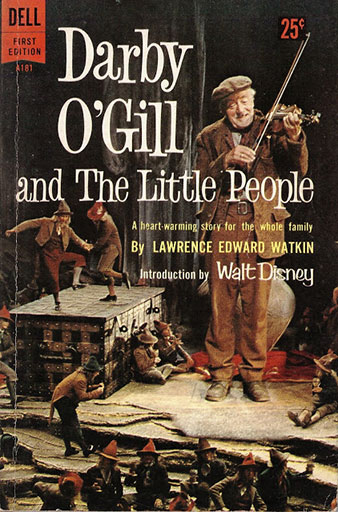 In 1962, if I had known that the actor playing James Bond was the same actor who played Michael McBride in Darby O’Gill and the Little People, I might have taken the trouble to see Dr. No sooner than I did. But in all the publicity surrounding the screen debut of Ian Fleming’s secret agent, and the handsome young discovery of producers Harry Saltzman and Albert Broccoli, there was scant mention (if any) of the picture Sean Connery had made for Walt Disney three years earlier. Small wonder: Darby O’Gill was a flop.
In 1962, if I had known that the actor playing James Bond was the same actor who played Michael McBride in Darby O’Gill and the Little People, I might have taken the trouble to see Dr. No sooner than I did. But in all the publicity surrounding the screen debut of Ian Fleming’s secret agent, and the handsome young discovery of producers Harry Saltzman and Albert Broccoli, there was scant mention (if any) of the picture Sean Connery had made for Walt Disney three years earlier. Small wonder: Darby O’Gill was a flop.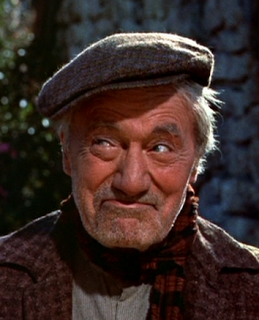
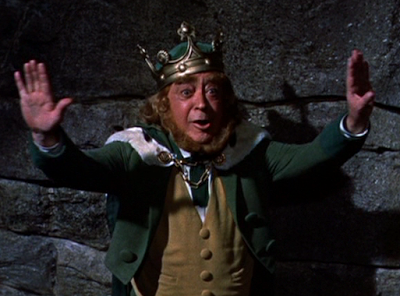
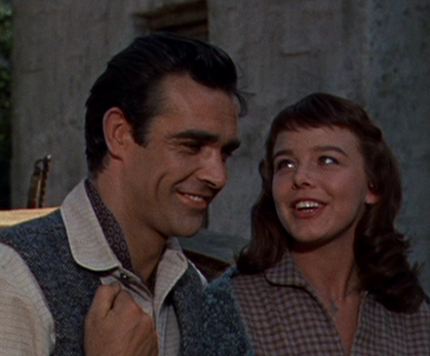

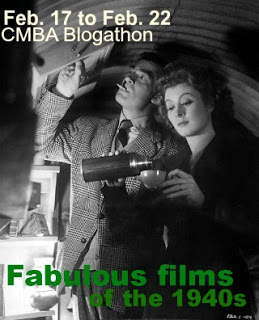

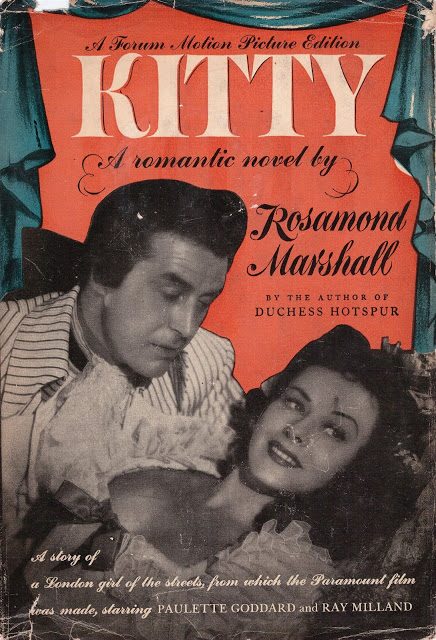


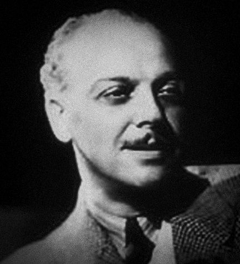

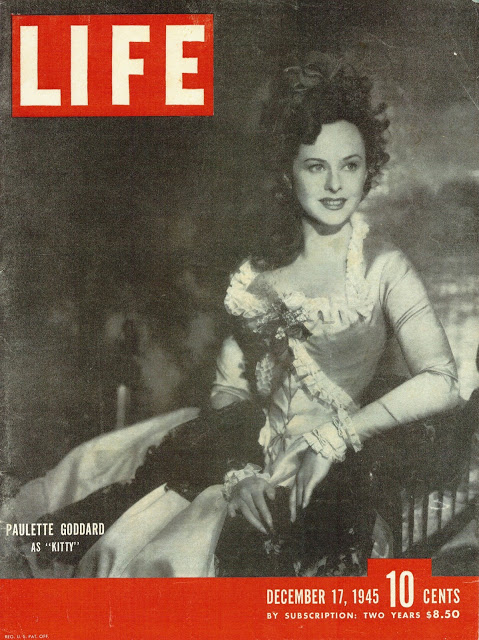
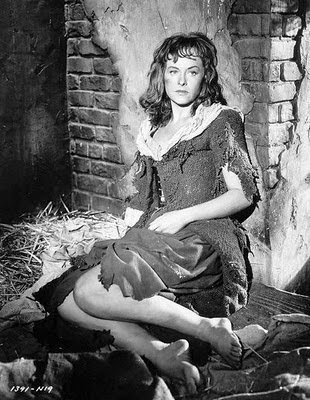
 Let us now praise John Harvey.
Let us now praise John Harvey.
 When three-strip Cinerama was abandoned after HTWWW, Harvey missed it. He saw clearly the difference with the “new” Cinerama movies like It’s a Mad, Mad, Mad, Mad World and The Greatest Story Ever Told (really only UltraPanavision — a big picture on a curved screen, but the viewer was no more “in” the picture than if he were standing in front of a billboard by the side of the road).
When three-strip Cinerama was abandoned after HTWWW, Harvey missed it. He saw clearly the difference with the “new” Cinerama movies like It’s a Mad, Mad, Mad, Mad World and The Greatest Story Ever Told (really only UltraPanavision — a big picture on a curved screen, but the viewer was no more “in” the picture than if he were standing in front of a billboard by the side of the road).

 As 1995 became 1996, the landlord of the New Neon Movies announced plans to split the already-modest theater down the middle and turn it into a two-screen venue. Larry Smith at last persuaded John it was now or never, and they hatched a plan that was brilliant simplicity itself: Before the remodel, the New Neon would install John Harvey’s screen, projectors and sound equipment. The theater would continue showing its standard art-house fare every evening, but on weekends there would be full-Cinerama matinees of This Is Cinerama (on Saturdays) and How the West Was Won (Sundays). The landlord was doubtful the scheme would pay for itself, but he agreed to let Smith solicit a letter-writing campaign; if he could get 1,000 writers to pledge to come to Dayton for Cinerama, then they could talk.
As 1995 became 1996, the landlord of the New Neon Movies announced plans to split the already-modest theater down the middle and turn it into a two-screen venue. Larry Smith at last persuaded John it was now or never, and they hatched a plan that was brilliant simplicity itself: Before the remodel, the New Neon would install John Harvey’s screen, projectors and sound equipment. The theater would continue showing its standard art-house fare every evening, but on weekends there would be full-Cinerama matinees of This Is Cinerama (on Saturdays) and How the West Was Won (Sundays). The landlord was doubtful the scheme would pay for itself, but he agreed to let Smith solicit a letter-writing campaign; if he could get 1,000 writers to pledge to come to Dayton for Cinerama, then they could talk.
